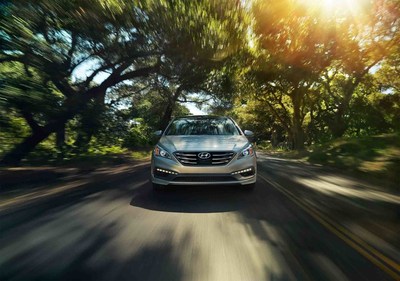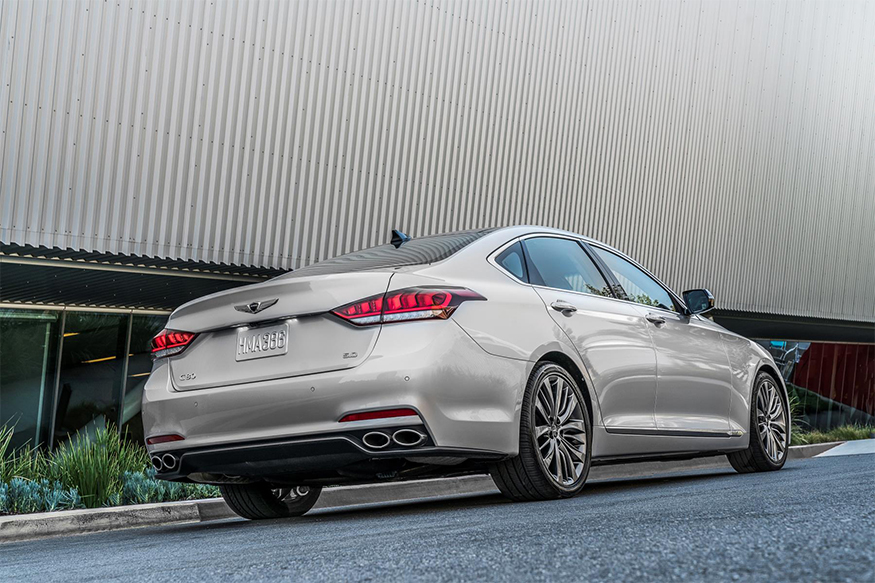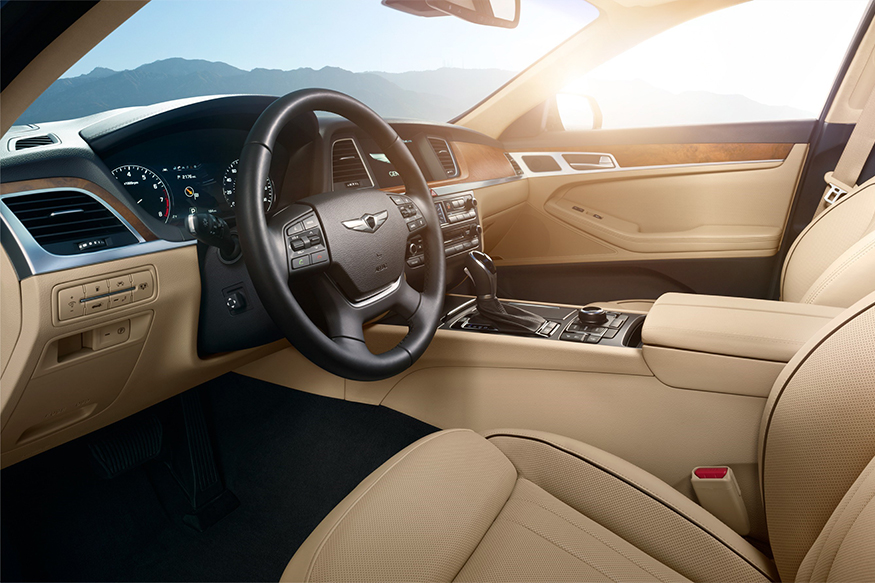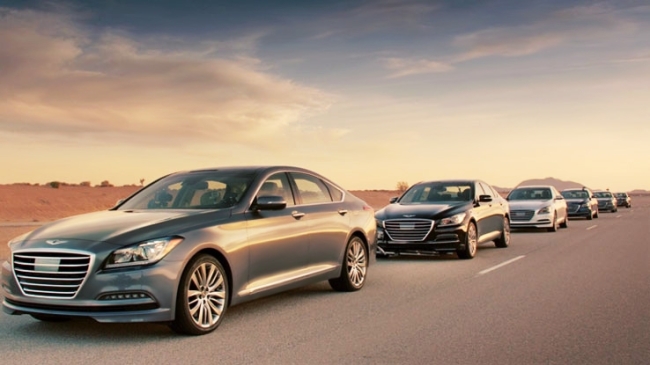The Hyundai Sonata continues to offer a strong lineup in 2017 with three efficient powertrain options, great technology, and newly available dynamic bending light. The 2017 Sonata starts at $21,600, excluding $835 freight charge, which is $150 less than last year and makes it the most affordable midsize sedan*.
2017 Sonata Packaging changes maximize value, safety, and comfort at every price point across the lineup. Price dropped $600 on the Sonata Eco to just $23,125 and the Sport 2.0T came down an incredible $2300 from last year to $26,600.
Dynamic bending light bolsters an already impressive list of available safety features on the 2017 Sonata, including:
- automatic emergency braking
- smart cruise control
- lane departure warning
- automatic high beam assist
- rear parking assistance system
- blind sport detection system
Sonatas equipped with blind spot detection receive additional benefits of lane change assist and rear cross traffic alert.
The 2017 Sonata comes standard with Vehicle Stability Management (VSM) with Electronic Stability Control (ESC) and Traction Control System, seven airbags, including a driver's knee airbag, four-wheel disc brakes and ABS with Electronic Brake-force Distribution (EBD) and Brake Assist and Tire Pressure Monitoring System (TPMS) with indicators for each tire.
An all four-cylinder lineup continues to power the Sonata in 2017. The base, naturally-aspirated engine, the 2.4-liter Theta II GDI, produces 185 peak horsepower and 178 lb. ft. of torque. The Sonata Eco comes with a 1.6-liter, turbocharged Gamma engine and delivers 178 peak horsepower and 195 lb. ft. of torque. It mates to an efficient seven-speed dual-clutch transmission. Eco models achieve 28 and 36 mpg EPA fuel economy, city and highway, and 31 mpg combined. The range-topping 2.0-liter Theta II turbocharged GDI generates 245 peak horsepower and 260 lb. ft. of torque. Both Theta engines are paired with a six-speed SHIFTRONIC ® automatic transmission.
These powertrains move great technology down the road. The 2017 Sonata is available with many comfort and convenience features like our hands-free smart trunk, 8-inch navigation display, Apple CarPlay ™, Android Auto™, electronic parking brake, and Blue Link telematics system. Standard features include drive mode select (change the engine and transmission settings between eco, normal, and sport, choose between normal and sport steering feel, all at the push of a button), remote keyless entry with alarm, body color heated exterior power mirrors, steering wheel-mounted audio and cruise control, and Bluetooth hands-free phone system. Hyundai replaced the color Venetian Red Pearl with a more vibrant Scarlet Red.





 Genesis G80 from the back. (Photo: AFP Relaxnews)
Genesis G80 from the back. (Photo: AFP Relaxnews) Genesis G80's interiors. (Photo: AFP Relaxnews)
Genesis G80's interiors. (Photo: AFP Relaxnews)







 Cheap gas got you itching for the open road? Step on the brakes! There are a few things you need to do before you hit the open road this summer. Follow these tips to arrive at your final destination safely.
Cheap gas got you itching for the open road? Step on the brakes! There are a few things you need to do before you hit the open road this summer. Follow these tips to arrive at your final destination safely. 


